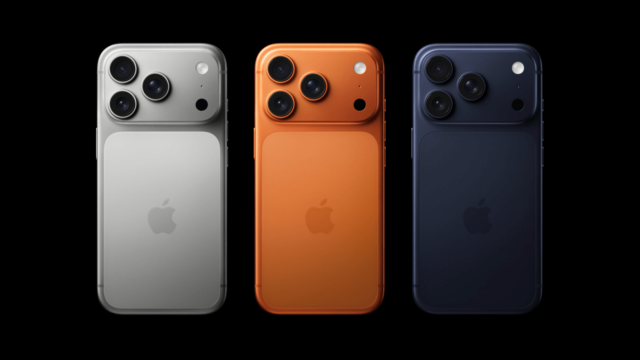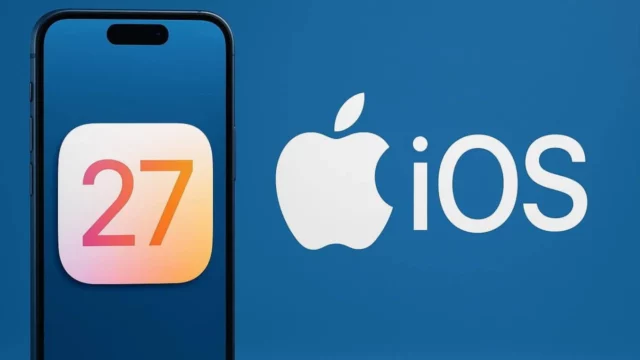Microsoft announced that there are more than 1 billion active Windows devices worldwide. However, this statement cannot hide a loss of 400 million compared to the system’s user base of 1.4 billion three years ago. The loss cannot be explained solely by Windows 10’s support ending in the fall of 2025. The data shows that users are in different directions.
Windows lost 400 million users
A significant portion of users have turned to the macOS ecosystem with Apple’s transition to its own M-series chips. IDC and Canalys data show that Mac sales have increased in recent years and Apple’s share of the global desktop operating system market has increased to between 8.7 and 10.4 percent. The high performance offered by the M1, M2 and M3 series processors in particular has been effective in this transition.

In the corporate field, it is seen that Linux-based open source systems have begun to be preferred. Public institutions such as the German state of Schleswig-Holstein, the Danish Ministry of Digital Affairs, and the French city of Lyon have abandoned Windows and turned to open source alternatives. These transitions are associated with the prioritization of cost and data security issues in the public sector.
The real big change is happening on the individual user side. Smartphones and tablets have become even more powerful, especially in the post-pandemic period, and have begun to replace personal computers. Now, most of our daily digital needs are met through mobile devices.
This situation has seriously reduced the demand for desktops and laptops among individual users. Windows has lost its former power, especially in the consumer segment.
The increase in computer demand during the pandemic was temporary. After saturating the market, demand started to decline again. Today, desktops and laptops are preferred by users who need software used in professional work and those who turn to gaming-oriented systems.
Microsoft expects a new rise from the transition to Windows 11 before Windows 10’s support ends on October 14, 2025. However, the fact that many devices require hardware upgrades to switch to Windows 11 makes it difficult to meet this expectation.
Users are faced with additional costs to switch to the new operating system. This situation stands out as one of the main factors that slows down the transition process.













